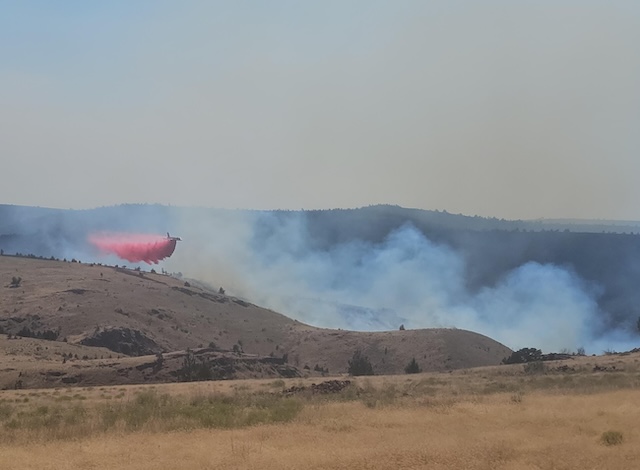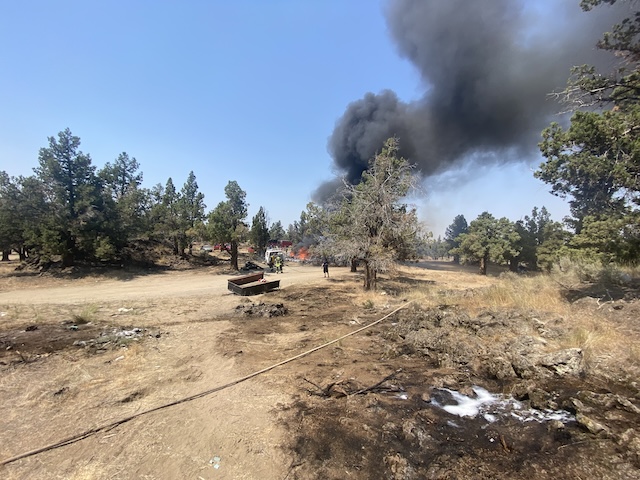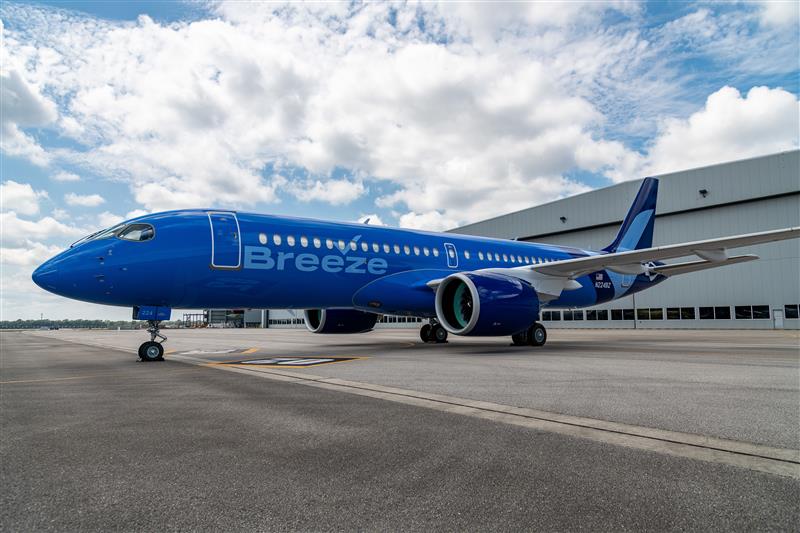Flight attendants fight high cabin temperatures
Published 12:00 am Sunday, August 5, 2018
In June 2017, a 4-month-old baby was rushed to the hospital suffering from heat-related symptoms following more than two hours aboard an increasingly hot United Airlines plane on the tarmac at Denver International Airport.
The child recovered, but the incident represents a worst-case scenario of the sometimes extreme temperatures that can overtake an aircraft on a hot summer’s day, creating a potentially unsafe cabin environment.
Trending
“Today there are no (federal) temperature standards that exist. Oftentimes, in a list of safety requirements, this becomes the last priority,” said Sara Nelson, international president of the Association of Flight Attendants-CWA, which represents some 50,000 flight attendants working for 20 different airlines.
Starting this month, flight attendants at airlines around the country will carry thermometers to document instances of extreme temperatures, hot or cold, encountered during shifts.
The data collected will be used to further bolster the push by two of the industry’s largest flight attendant unions to push the federal government to put standards in place for cabin temperatures, with a recommended range of 65 to 75 degrees Fahrenheit.
If approved, the rules could make temperature checks part of the preflight checklist, with passengers prevented from boarding planes unless proper conditions are met.
On Wednesday, the AFA along with Transport Workers Union Local 556, which represents Southwest Airlines flight attendants, announced the launch of a smartphone app flight crews and passengers can use to document extreme temperatures.
Airlines have a number of tools to keep aircraft cool while on the ground, including auxiliary power units that drive the plane’s air conditioning systems and the use of preconditioned air pumped onto the plane. Passengers are also often advised to put down their shades and open their air vents when exiting a plane to help keep things cool.
Trending
American Airlines said it won’t board an aircraft if the cabin temperature is above 90 degrees, and while Southwest doesn’t have a set limit, a spokesman said employees are empowered to make decisions regarding the temperature.
In an industry with major carriers and smaller regional operations and charter airlines, the attention paid to cabin temperature can vary widely, said Nelson, whose group represents flight attendants at United, Alaska, Frontier and three of American Airlines’ regional subsidiaries.
It doesn’t take long for a plane, especially smaller models, to heat up on hot days. With crews juggling responsibilities the temperature of the cabin might not be a top concern, she said.
The AFA filed a formal petition with the Department of Transportation in July recommending the target temperature range be set at 65 to 75 degrees Fahrenheit, with a maximum allowed temperature of 80 degrees. On aircraft with heat-generating seatback entertainment systems, the recommended maximum would be 85 degrees.
The temperature range recommended by the union is based on work done in 2007 by the American Society of Heating, Refrigerating and Air Conditioning Engineers that involved aircraft manufacturers, airlines and crewmember and passenger groups.








